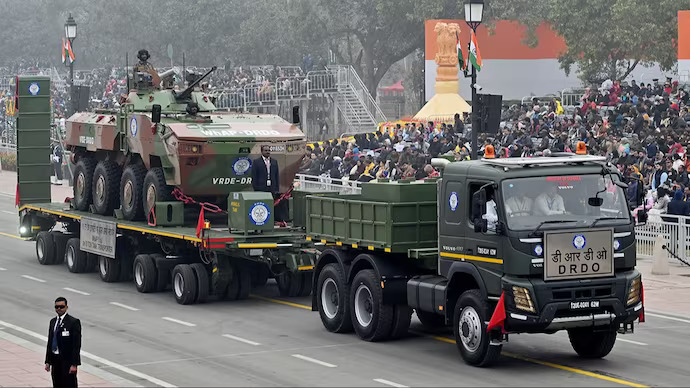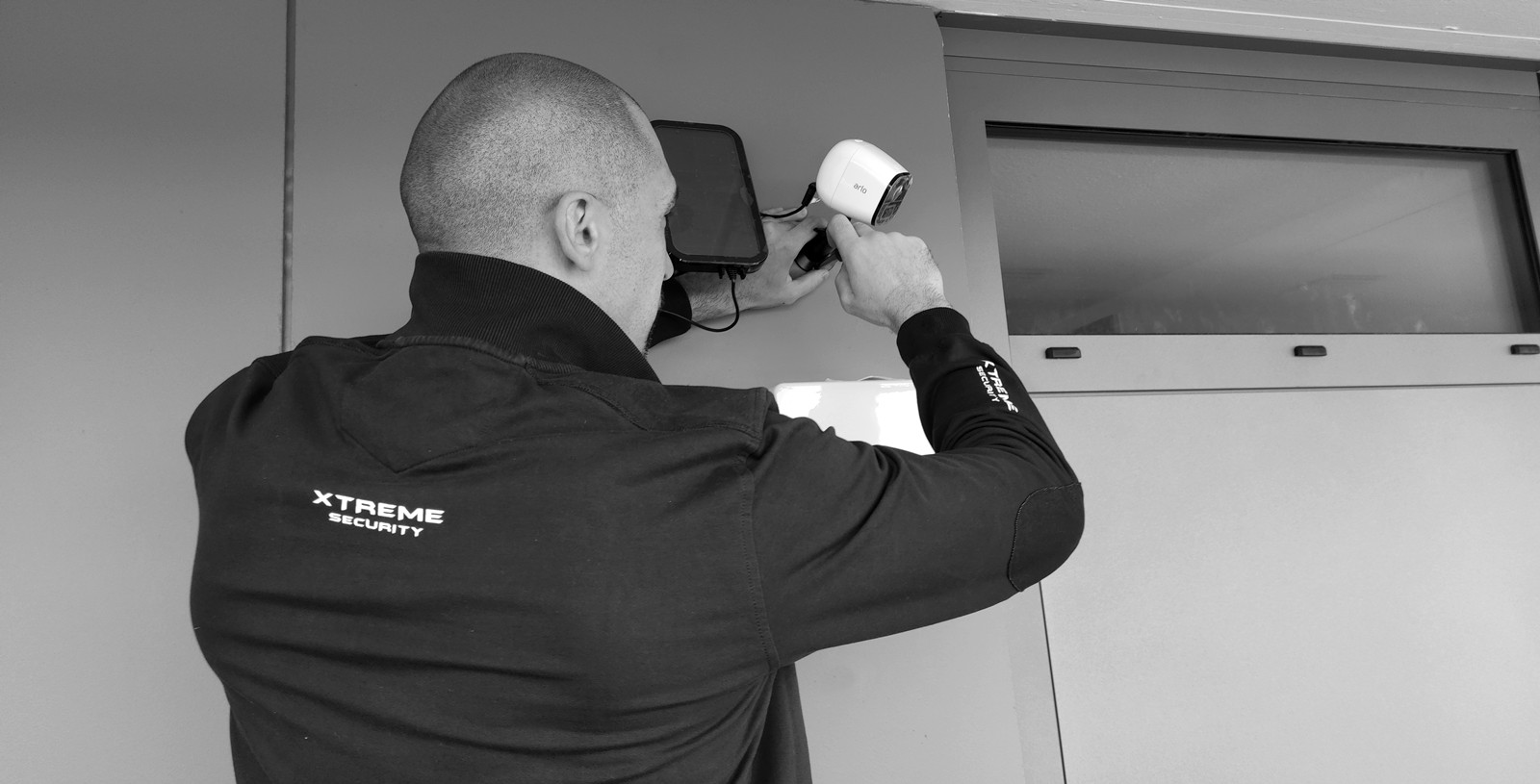The K. Vijay Raghavan committee, set up for revamp of the DRDO, has submitted its report. An exclusive peek into its broad recommendations
The very start of 2024 is witnessing a shake-up in the country’s foremost defence research agency, the Defence Research and Development Organisation (DRDO). A high-powered committee, headed by former principal scientific advisor to the government Prof. K. VijayRaghavan and set up for revamping the DRDO towards developing high-end technologies for future warfare, has submitted its report.
The nine-member panel was scheduled to submit its findings by November 2023, but took an extra month to wrap up work.
The very start of 2024 is witnessing a shake-up in the country’s foremost defence research agency, the Defence Research and Development Organisation (DRDO). A high-powered committee, headed by former principal scientific advisor to the government Prof. K. VijayRaghavan and set up for revamping the DRDO towards developing high-end technologies for future warfare, has submitted its report.
The nine-member panel was scheduled to submit its findings by November 2023, but took an extra month to wrap up work.
The committee has recommended the setting up of close to 10 national-level laboratory facilities instead of the existing 40 or more DRDO labs across the nation. Besides, the setting up of five national test facilities has also been recommended, which will be open to private players for testing their weapons systems.
- We’d like two minutes of your time in order to understand you better. Please take this reader survey.
The recommendation of creation of national test facilities is in line with the government’s decision two years ago, which had allowed opening the DRDO’s doors to private players, wherein they get to operate government assets thus sparing them the need to invest in land, machinery or other support infrastructure.
As per the recommendations, the Prime Minister’s Office (PMO) may now be directly involved in key strategic projects. It is believed that the PMO has been keeping constant vigil on the DRDO, perhaps because a large section of the defence establishment believes the agency has not delivered to its optimal potential.
It is also believed that the panel has recommended the bifurcation of the post of secretary (research and development) in the MoD. The DRDO chairman currently holds this additional responsibility.
Besides restructuring and redefining the role of DRDO, the committee, which was set up in the last week of August 2023, was also tasked with finding ways to attract and retain high-quality manpower, including a system of project-based manpower through a system of incentives and disincentives, with strict performance accountability.
Many defence experts were apprehensive about the new panel, hoping it would not meet the fate of other expert committees set up to revamp the DRDO in the past. A defence official said the VijayRaghavan committee was different from previous panels because this time it had participation from industry, services, academia and the DRDO.
The DRDO, which has an outlay of Rs 23,264 crore in the budget estimate (BE) 2023-24, has often been criticised for delayed projects and cost overruns. The DRDO, with massive manpower and infrastructure, currently does not have any major new projects. It operates close to 50 labs with total staff strength of about 30,000, of which only 30 per cent are from the scientific community. In addition, there are over 10,000 contractual employees attached to various DRDO labs.
The government has given the DRDO headquarters three months to assess, review and share feedback, if any, before implementing the panel’s recommendations in a phased manner. However, the development creates a lot of confusion amongst defence scientists about their future prospects, apart from the fate of ongoing DRDO programmes. “Many posts will be merged and scientists will be moved out. It creates a lot of chaos and confusion,” said a top defence scientist, without revealing much about the report.
With this move, the Union government intends to follow the Defense Advanced Research Projects Agency (DARPA) model of the United States for the DRDO. Both DARPA and DRDO were instituted in 1958. According to its website, DARPA works on the principle that the US should be ”the initiator and not the victim of strategic technological surprises“. DARPA is merely a funding agency with no laboratories or research staff, and all research is conducted through contracts with universities, industry and government R&D institutions.
The Narendra Modi government has taken several measures to boost indigenous defence manufacturing, through initiatives such as Aatmanirbhar Bharat, and boost defence exports. MoD has set an ambitious defence exports target of Rs 35,000 crore by 2025.
Published By:
Aditya Mohan Wig






















